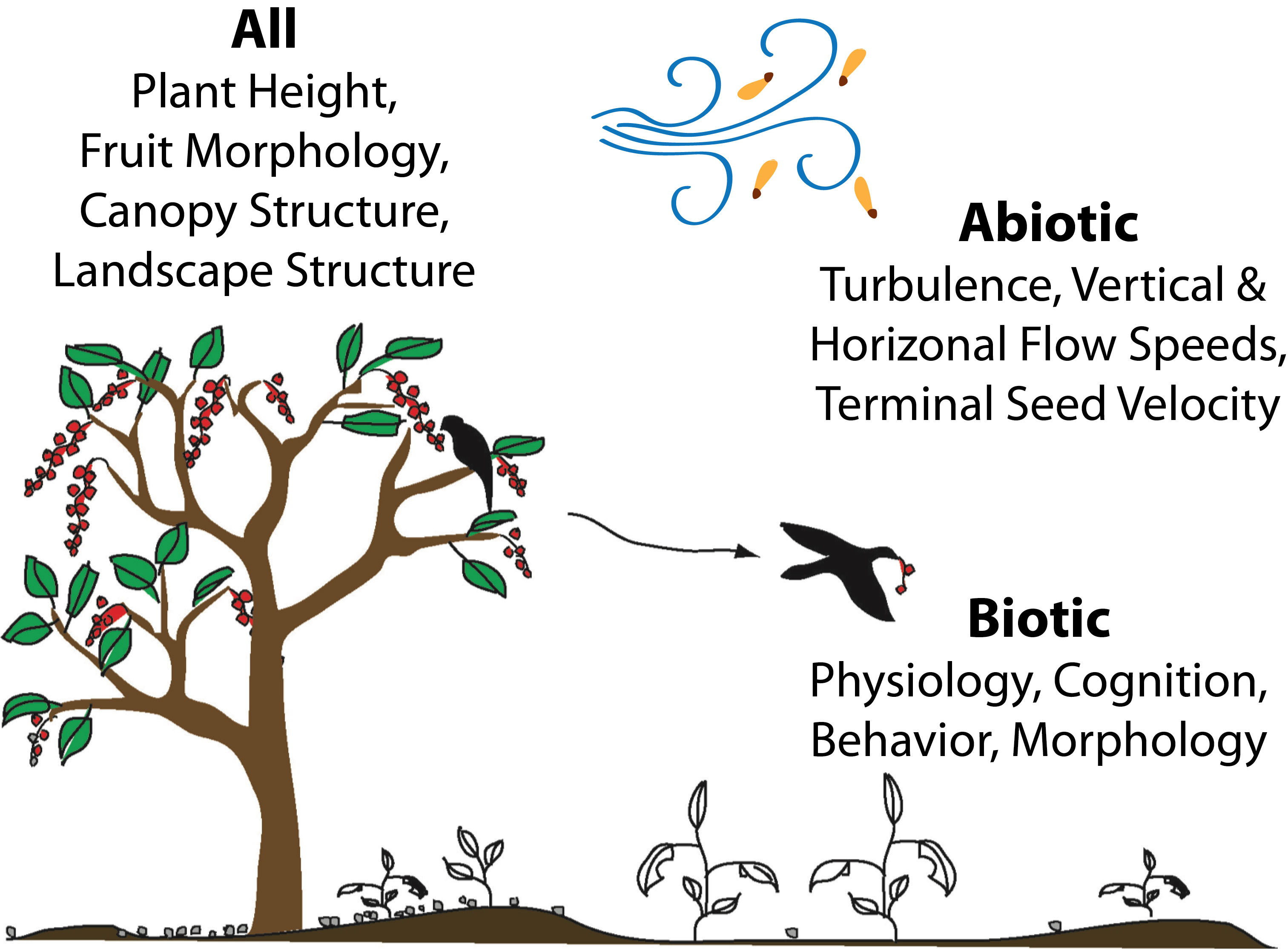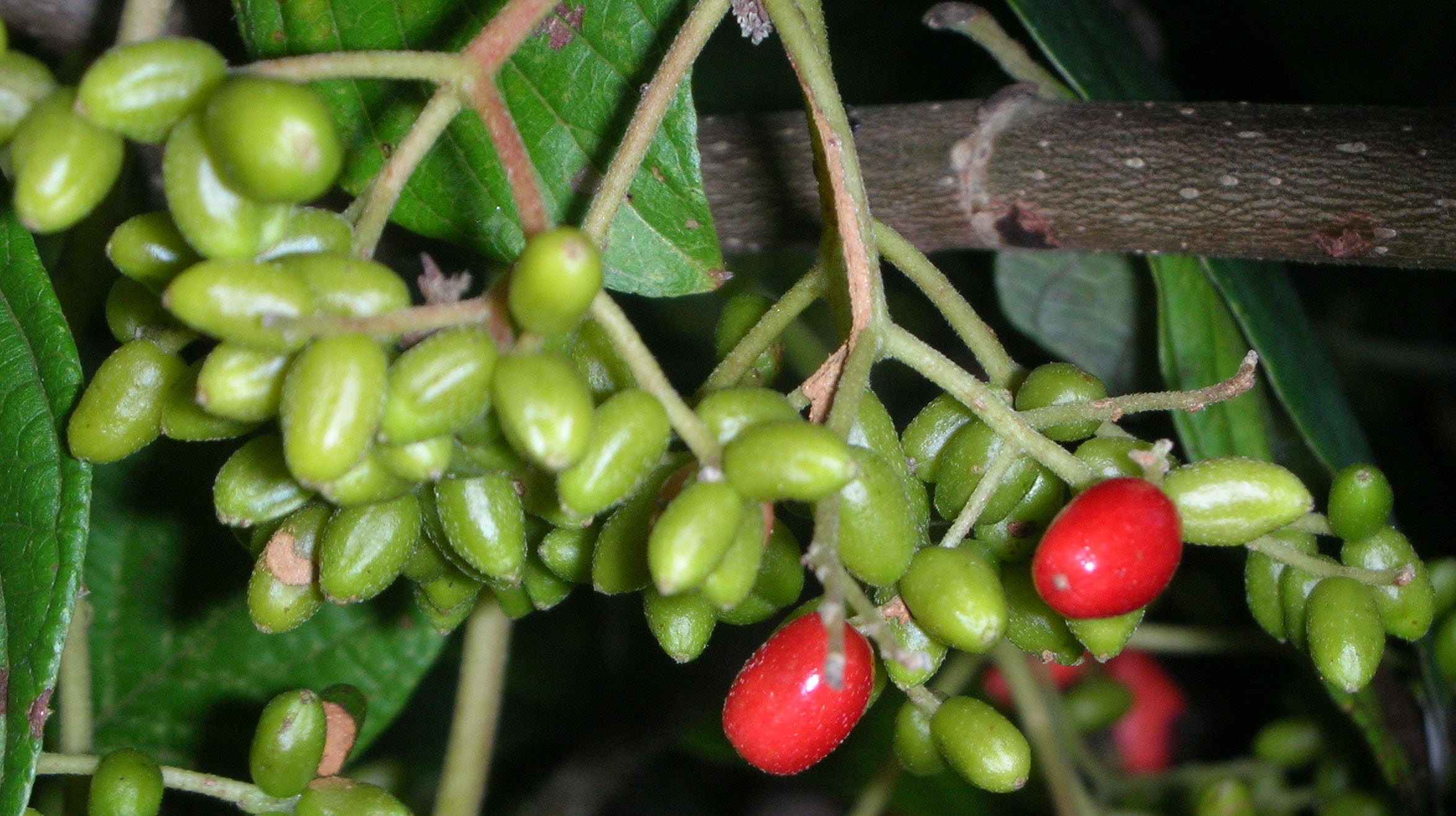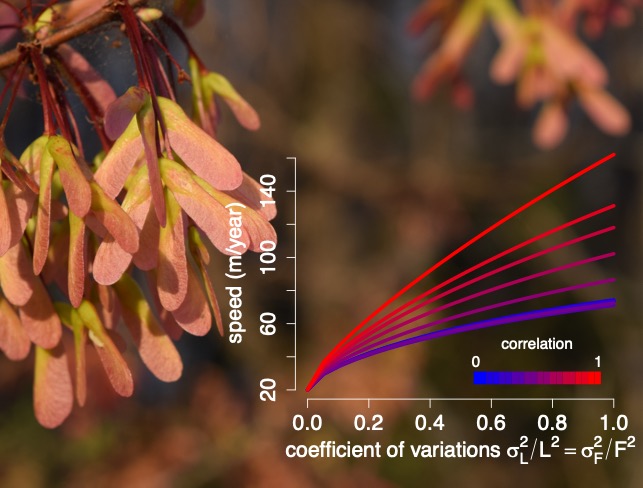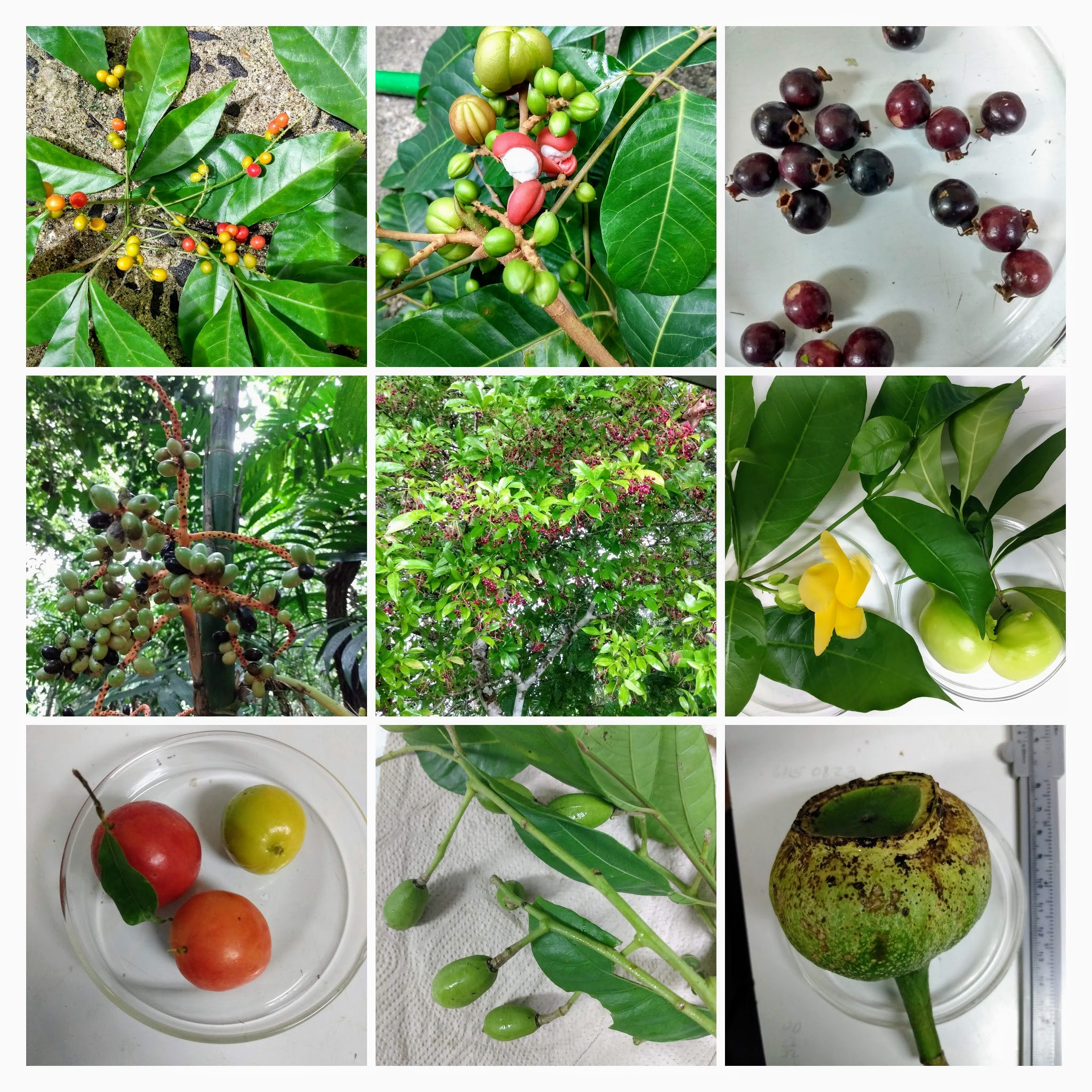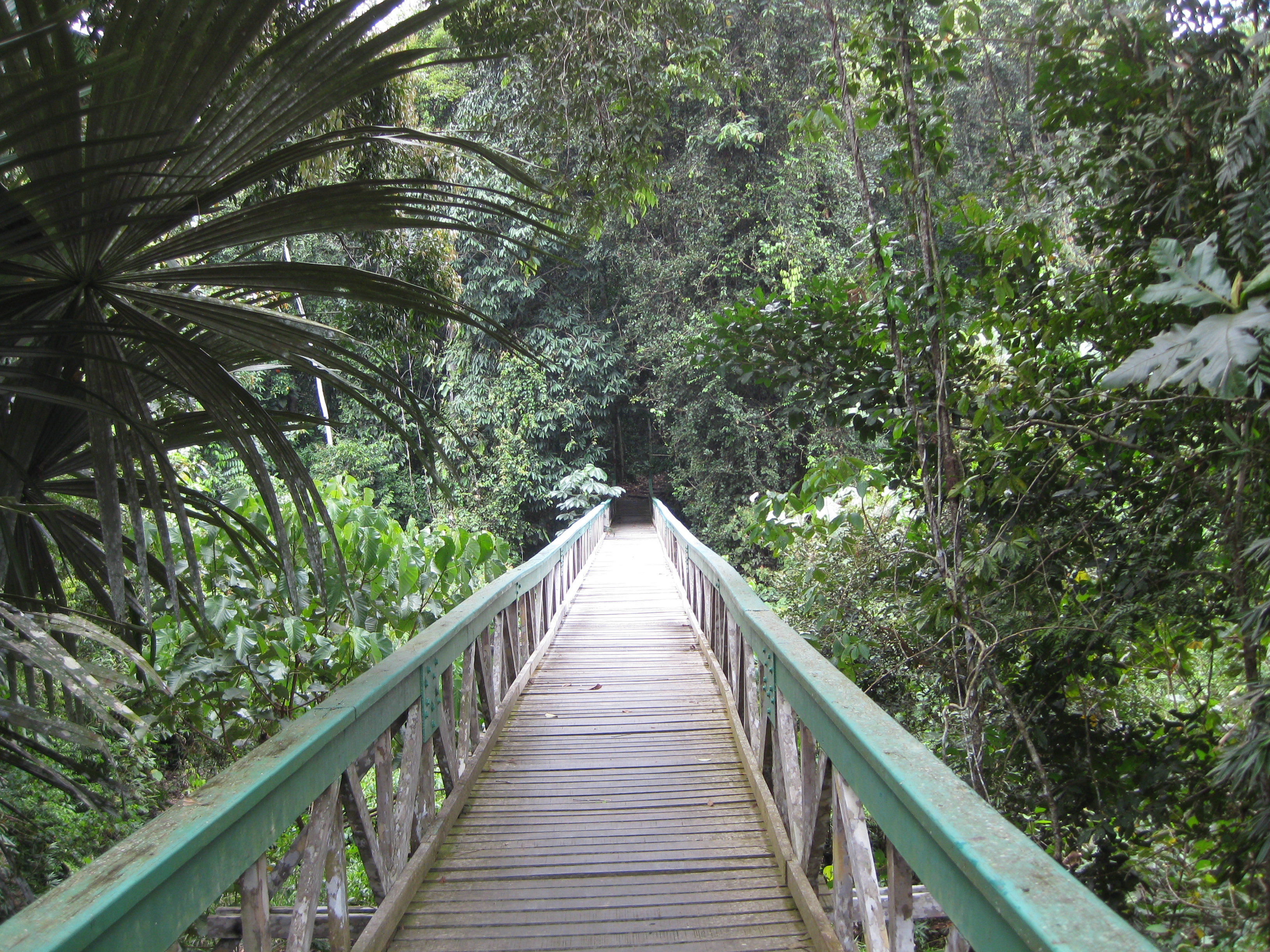Seed Dispersal
An Important Axis of Plant Evolution
The evolution of dispersal strategies in response to global change may be constrained by or indirectly influence the evolution of demographic traits if dispersal ability covaries with life history traits. However, seed dispersal has rarely been integrated into the evolution of plant life history strategies. To examine whether dispersal covaries with life history traits to form dispersal syndromes or varies independently of other life history traits, we explicitly incorporated dispersal in a comparative life‐history framework (Beckman et al 2018). This provided key insights by bridging the gap between dispersal ecology and demography. We showed that species with fast life‐history strategies disperse their seeds further than slow‐living plants, suggesting that longer dispersal distances may allow these species to take advantage of habitats varying unpredictably in space and time as a bet‐hedging strategy.
Much less is known about how dispersal varies with life history traits among individuals within species and the consequences of this variation. In a recent review, we found that this individual variation is known to have important consequences for many ecological and evolutionary processes (Snell et al 2019). To examine how individual variation in dispersal and demography and the heritability of these traits influence the spatial spread of populations, we developed a new class of mathematical models (Schreiber & Beckman 2020). Our results highlight the importance of estimating individual variation in dispersal rates, dispersal syndromes in which fecundity and dispersal co-vary positively, and heritability of these traits to predict population rates of spatial spread.
